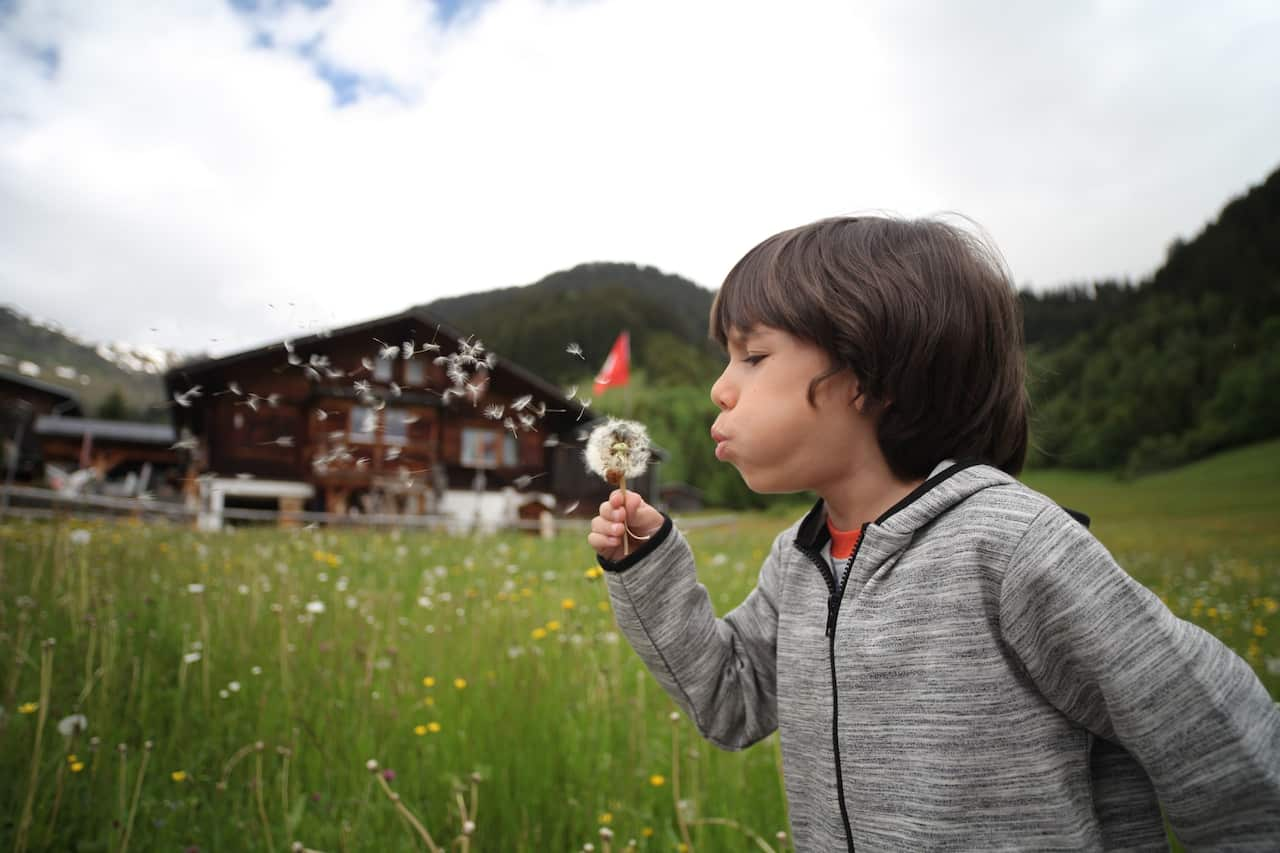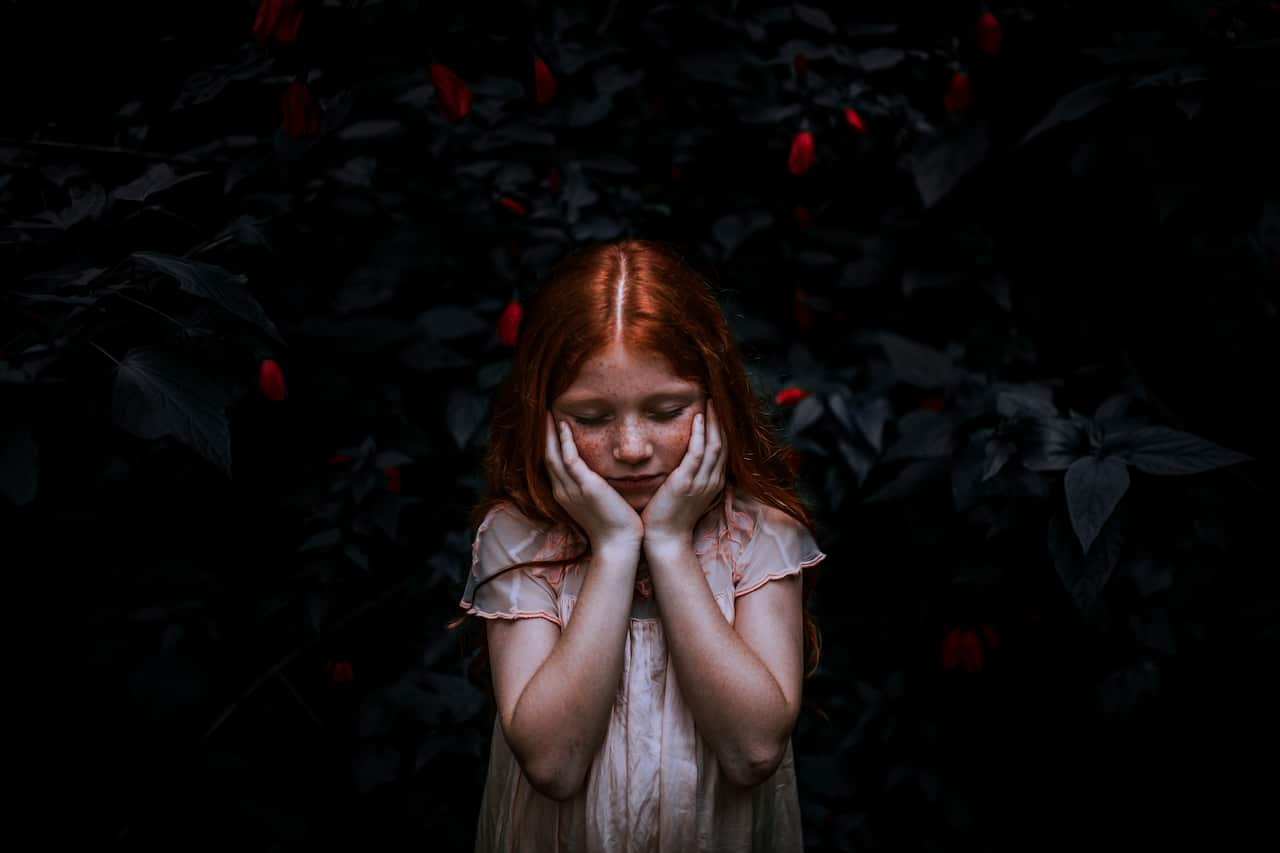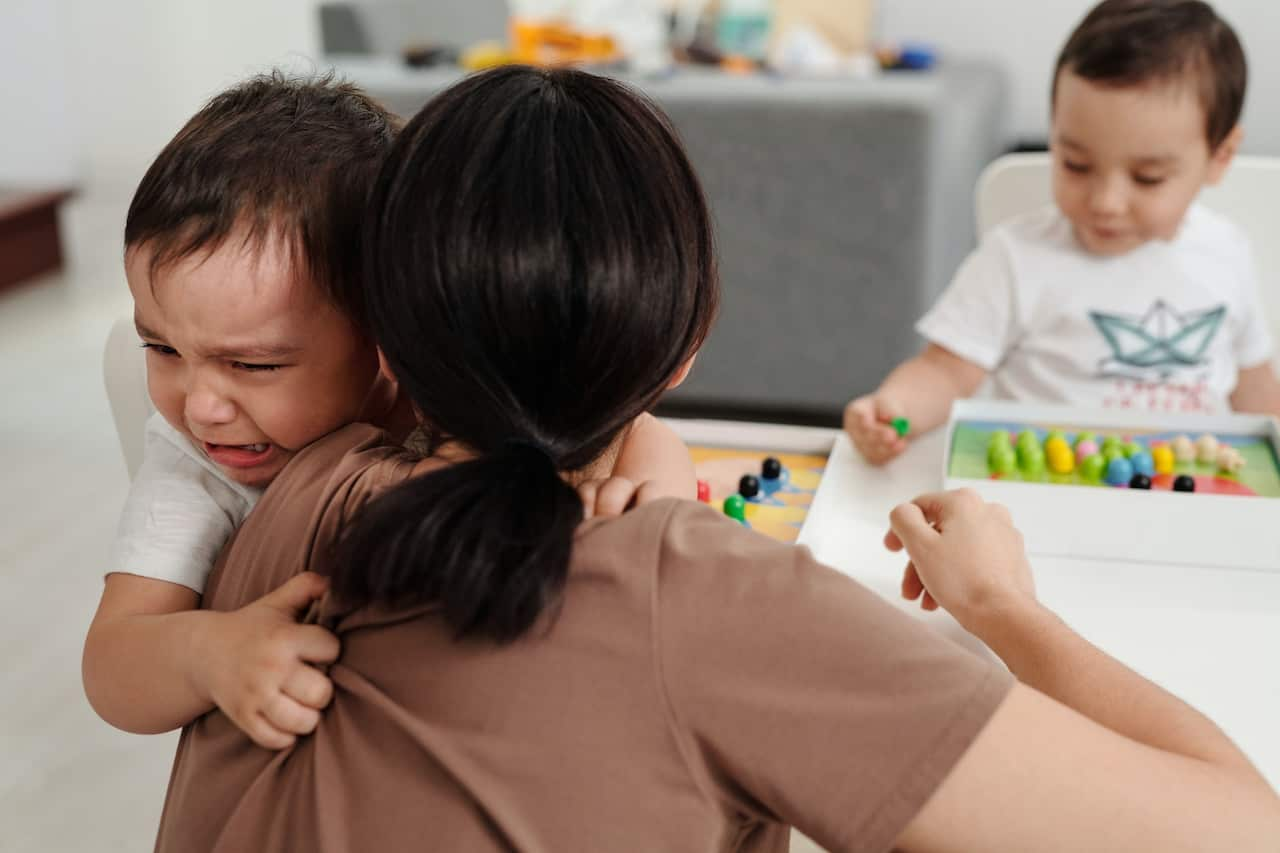Highlights
- There are three categories for sensitivity in children: orchid, tulip and dandelion.
- Practice open dialogue about feelings with your children while they are still young.
- Don't judge your children. Instead, be curious about them.
"In the past, the way children were raised was very cookie cutter. It was one-size-fits-all. If you don't fit into what was expected, you're reprimanded or excluded," psychologist Donn Tantengco shares, adding, "But children learn and grow in different ways."
Three of these different ways have to do with sensitivity or how children respond to their external environment.
Floral metaphors

Children can be orchids, tulips or dandelions when it comes to sensitivity. Source: jonas mohamadi from Pexels
Donn shares that the topic of sensitivity in children sprung from the formulation of the Highly Sensitive Person (HSP) scale developed for adults.
"It was discovered that there are differences in people's sensivities when it comes to reacting to external stimuli.
"The initial two categories of high and low sensitivities became three, with the addition of a middle-of-the-road between the two. So a highly sensitive child is an orchid; a child with low sensitivity is a dandelion; and the one in the middle is a tulip."
The categories were named as such based on the nurturing needed by the three floral archetypes.
Orchids need a more nurturing, attentive environment to thrive. Dandelions can cope and adjust in any environment. Tulips need a moderate amount of nurturing.
"The research looks at how genetics play a role in your child's sensitivity level and, how the environment impacts their overall development.
"It boils down to genetic temperament and the environment that children are in; so parents will notice that even if they raise their children in the same environment, they will have different sensitivities and temperaments. It's nature versus nurture. Having the same environment doesn't mean you get the same outcome.
"Ultimately, the goal is to help guide children become emotionally stable adults."
The sensory experience

Orchid, tulip and dandelion children will have different sensory experiences. Source: Monstera from Pexels
"They will have different ways of registering and processing external stimuli.
"A dandelion child will be emotionally secure even in new environments or situations, such as the first day of school. He will have very little fear or anxiety. He tends to be seen as an "easy" child because he adjusts and copes easily.
"An orchid child might experience a sensory overload. It will feel like everything is happening all at once. He may get scared or overwhelmed and might come across as shy or timid. He might cry. He will tend to be more cautious and vigilant of his environment. He will feel feelings of anxiety, anger and sadness more than the dandelion child."
Donn shares that a tulip child will tend to be okay in some situations and uncomfortable in others.
Curiosity over judgment

Donn shares that no matter the kind of child, the best way to help support him is by creating a safe space for open dialogue about feelings. Source: Matheus Bertelli from Pexels
While orchid children tend to need more support due to their biological response to stressful situations, they will thrive in nurturing environments.
Donn shares that no matter the kind of children, the best way to help support them is by creating a safe space for open dialogue about feelings.
"Make it a regular thing to talk about emotions so children are comfortable with this practice. Let them express how they feel. You can use flashcards, charts or faces to talk about big emotions.
"For every unpleasant emotion, there is an emotional need. For example, when I'm feeling anxious, I need a hug and reassurance. Introduce that kind of dialogue to your child early."
Donn says that the difficult part of being children is that whilethey experience big emotions, they don't have the emotional vocabulary yet to express them.
"Parents need to remember that children are just children. The big emotions are there but they don't know how to express them yet. It's a big part of your role as a parent to help them navigate through these feelings.
He says that unfortunately, in the Filipino context, parents helping children navigate through big feelings tend to be rare.
"It's a rare thing to listen to understand. More often than not, we listen to reply. When you listen to understand, it makes a huge difference because children will feel understood and not alone. Once that happens, its easier to have a continuing conversation.
"There's also a particular disconnect when a dandelion parent has an orchid child. There's a gap, a lack of understanding of the other; but the parent is at a better position to understand.
"If you go with the old thinking that how you were parented by your parents should work for your children, the scope becomes limited.
"Rather than judging your children or evaluating them as good or bad, naughty or well-behaved, be curious about the person they are. Meet them where they are."
Stimuli and shared activities

Meeting them where they are meens engaging them in an environment where they feel comfortable. Source: Jep Gambardella from Pexels
Meeting them where they are meens engaging them in an environment where they feel comfortable.
"For an orchid child, engage with him in a low stimulus environment such as a quiet room. Maybe paint together or build a lego project with him," Donn shares, adding, "Then talk and coach him regarding how to deal with things.
"Do this with your child even when he's a tulip or dandelion. An orchid child might respond more to external stimuli, but all children need nurturing and connection."
"Sharing an activity and, talking without judgment or shouting will help your child feel connected to you. Be the calm amidst the storm."
Share


